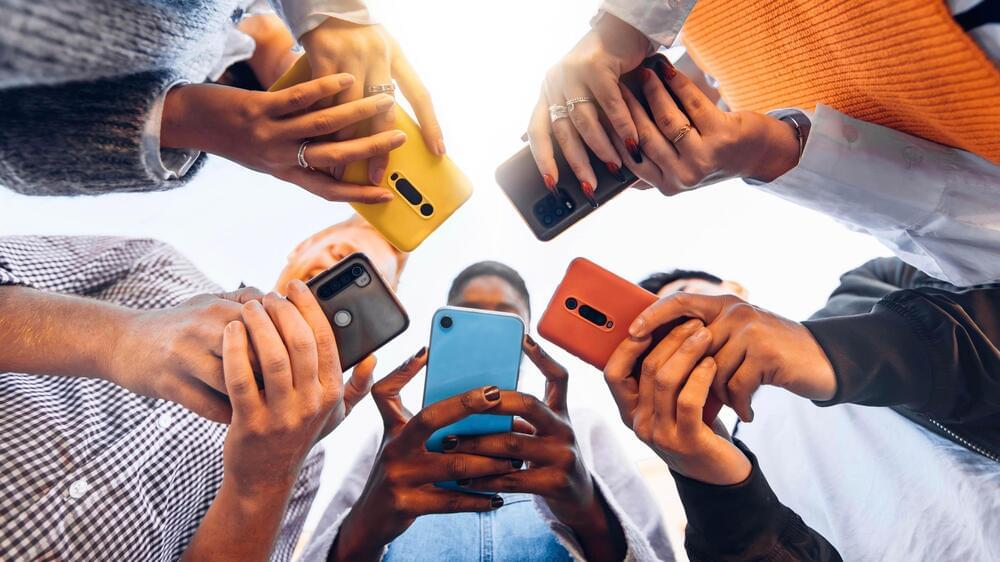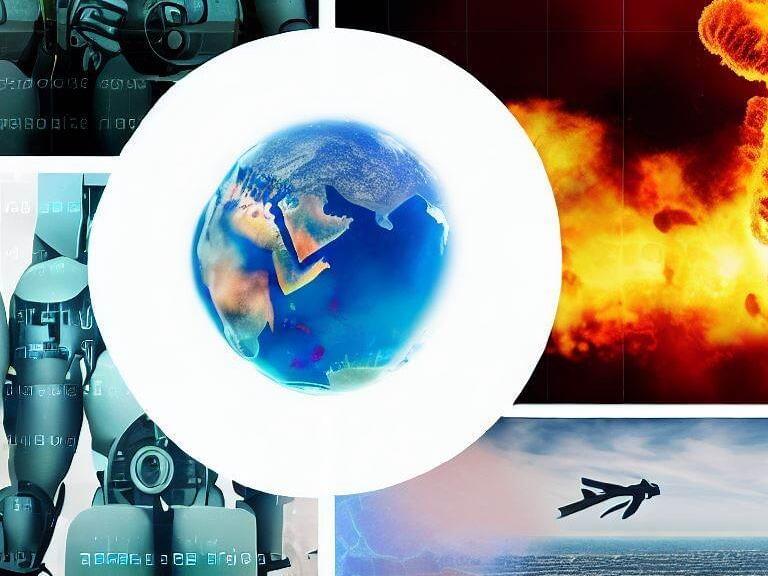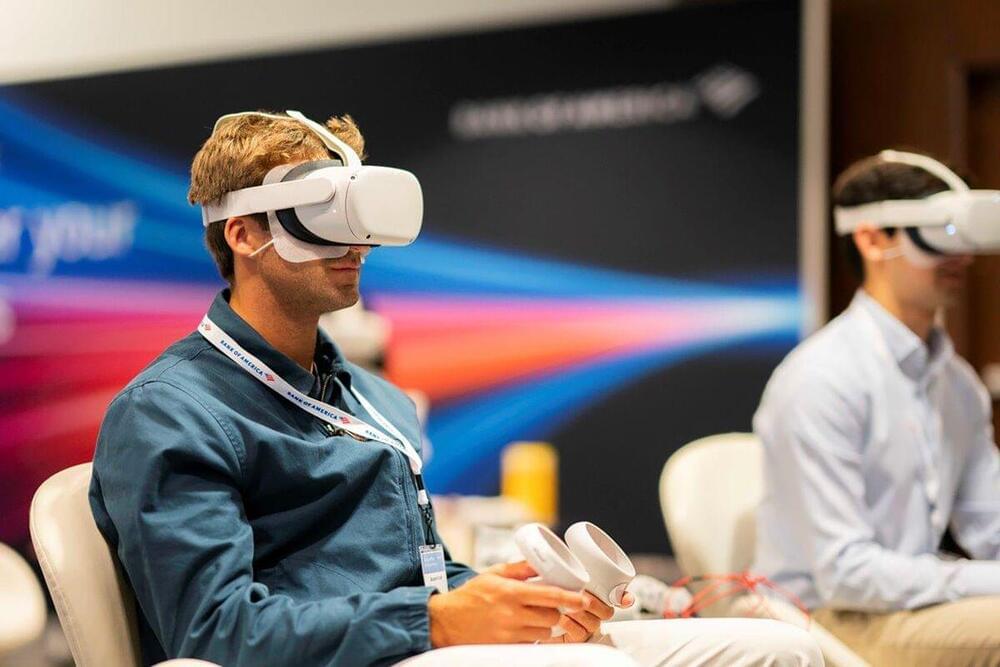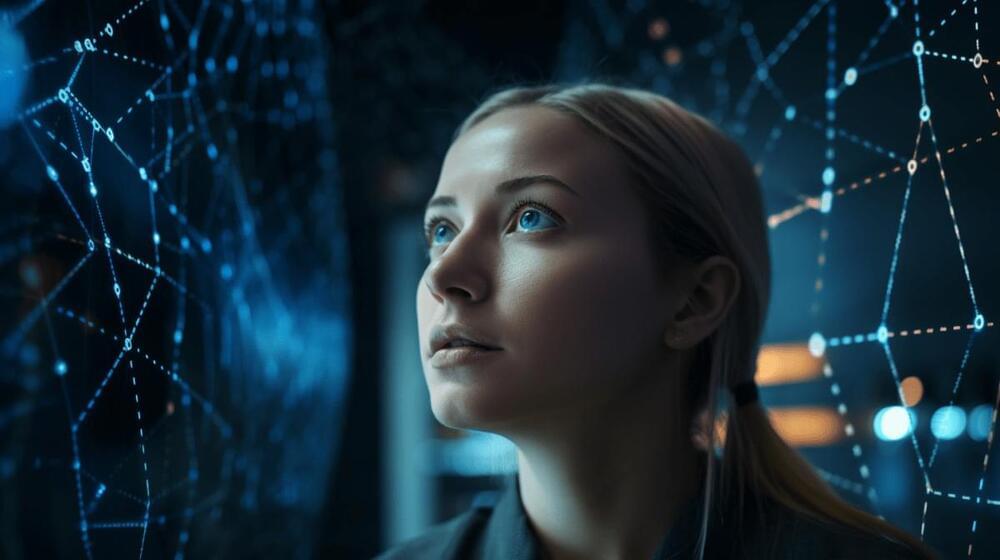Another day, another step closer to the normalization of build-your-own AI chatbot partners.
Per Decrypt, top-shelf Silicon Valley VC firm Andreessen Horowitz last week took to the developer site GitHub to lay out detailed instructions on how to build an AI companion bot from scratch. The VC outfit has a lot of money in various AI ventures, the billion-dollar AI companion startup Character. AI included; now, it seems that the folks at the firm are so enthusiastic about companion bots that they’re encouraging curious developers out there to start DIYing versions for themselves — and among several other potential use cases, it feels notable that romantic partnership was listed as use case number one.
“There are many possible use cases for these companions — romantic (AI girlfriends / boyfriends), friendship, entertainment, coaching, etc,” reads the description, noting elsewhere that the “project is purely intended to be a developer tutorial and starter stack for those curious on how chatbots are built.”






